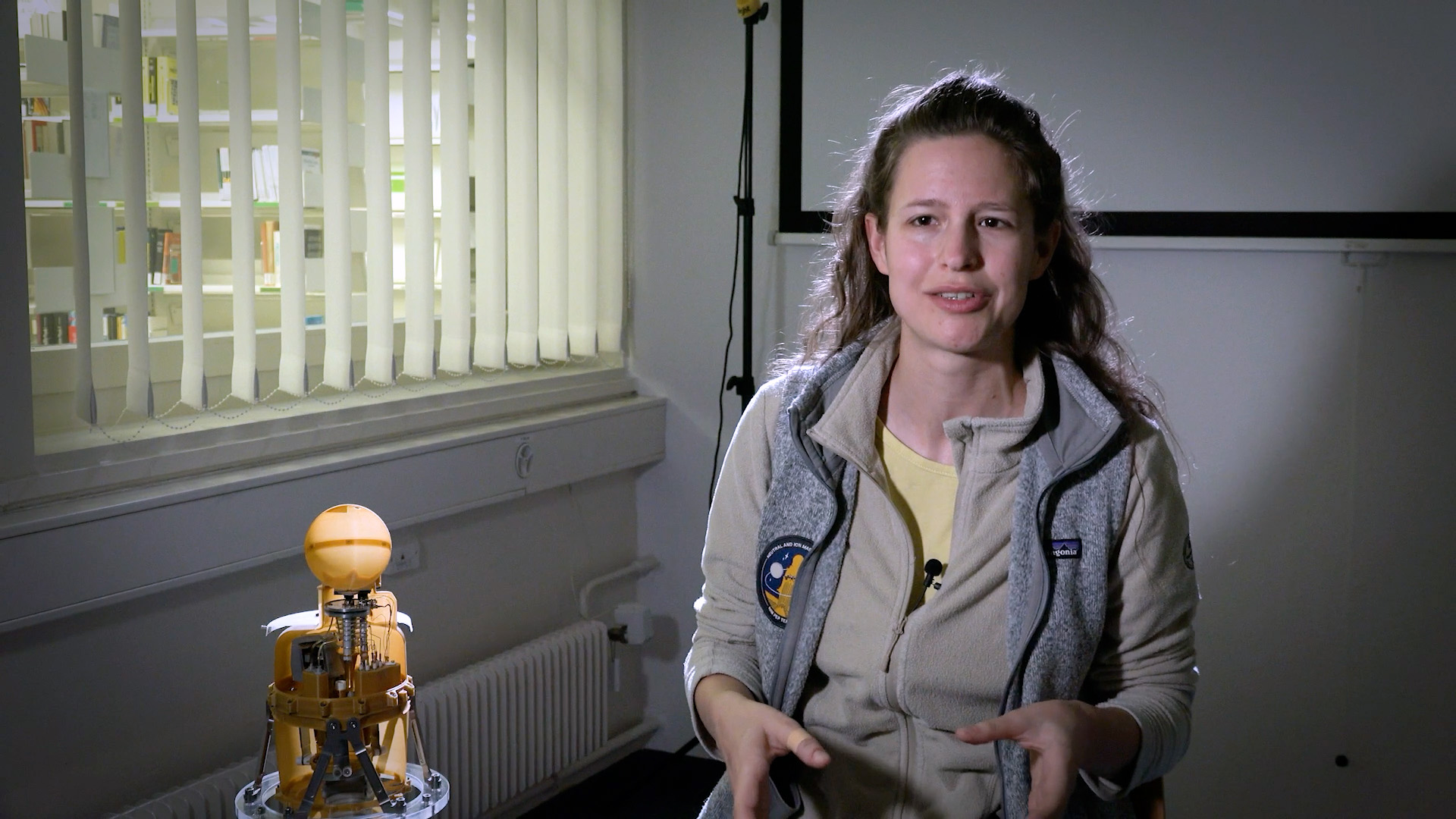
The European mission to Jupiter lifts off
After the postponement of its launch due to risk of lightning, the Jupiter Icy Moons Explorer (JUICE) successfully began its eight-year journey to Jupiter on April 14. The probe will orbit the giant gas planet as well as Jupiter’s three icy moons for three years to search for, among other things, traces of life. The University of Bern contributed to the development of several key instruments.
The European Space Agency missionExternal link is also specifically targeting Jupiter’s second innermost moon, Europa, which is thought to have an ocean beneath its icy crust. During the flyby with JUICE, the researchers hope to collect some of the water that the moon spouts out into space. The chemical composition of this water mixture could provide clues about whether the conditions for life exist.

The University of BernExternal link has built a neutral gas and ion mass spectrometer (NIM) for the mission, with which the individual moons Ganymede, Callisto and Europa can be studied in more detail. Engineer Martina Föhn was involved in the development and calibration of NIM between 2018 and 2020 as part of her doctoral thesis.
In this episode of FOUND IN SPACE, she explains how the NIM instrument can study the atmospheres of the three icy moons, as well as the magnetic field of Ganymede, which is a rarity in our solar system.






























You can find an overview of ongoing debates with our journalists here . Please join us!
If you want to start a conversation about a topic raised in this article or want to report factual errors, email us at english@swissinfo.ch.